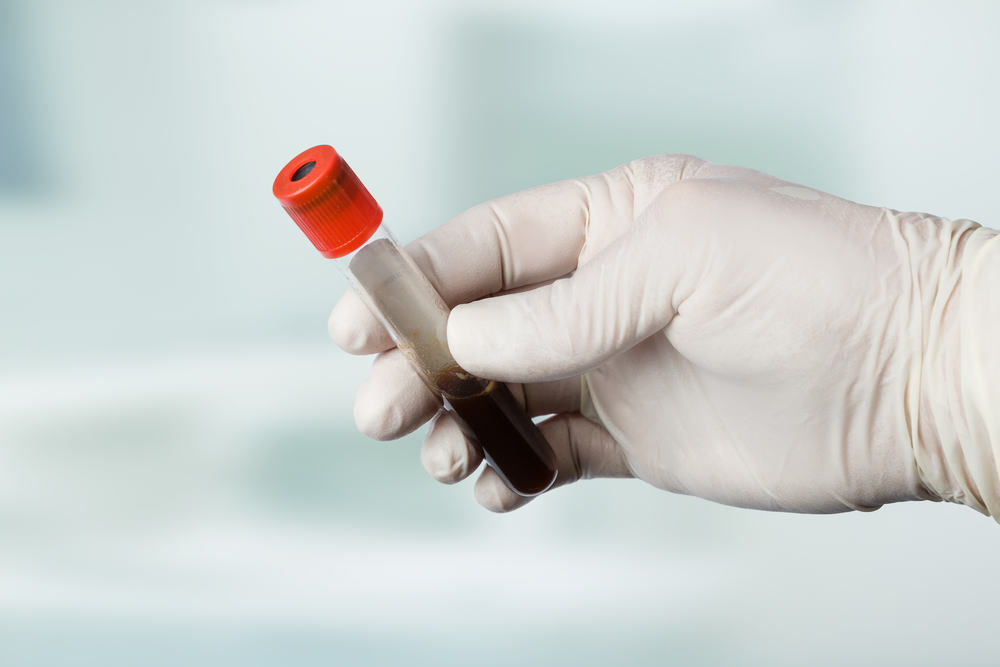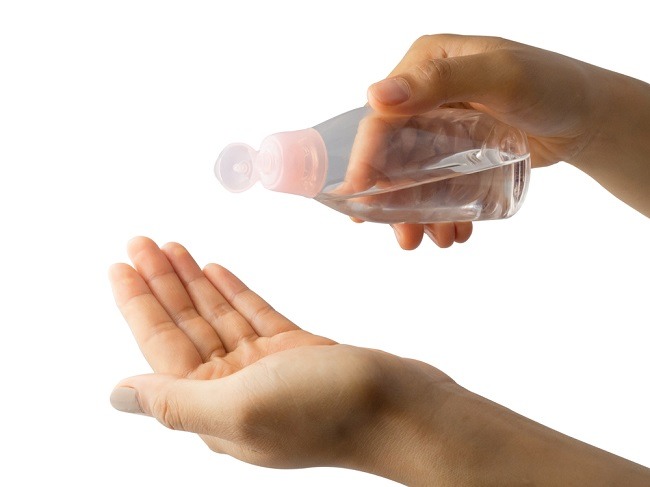Ophthalmoscopy or fundoscopy is part of an eye examination that is considered to be able to accurately detect various serious diseases early. Ophthalmoscopy may be included as a routine eye exam or when a patient is suspected of having certain conditions affecting the blood vessels.
Ophthalmoscopy, also known as a retinal examination, is a series of tests performed by an ophthalmologist to examine the back and inside of your eye (fundus). This area includes the retina, the optic disc (where the nerves that carry information to the brain gather), and blood vessels.

In an ophthalmoscopy examination, the doctor uses an ophthalmoscope, a tool that resembles a flashlight with several small lenses that can show the inside of the eyeball. By using this tool, doctors can detect eye problems and various other possible diseases.
Conditions That Ophthalmoscopy Can Detect
Generally, ophthalmoscopy can play a role in detecting:
- Eye disorders due to systemic diseases, such as diabetes and hypertension
- Retina tear
- Glaucoma
- Damage to the optic nerve
- Loss of central vision due to aging (macular degeneration)
- Skin cancer that spreads to the eye (melanoma)
- Infection of the retina or cytomegalovirus (CMV) retinitis
- Retinopathy of prematurity on baby
Ophthalmoscopy can also detect possible causes of symptoms from headaches and other types of diseases, such as brain tumors or head injuries.
Ophthalmoscopy Examination Procedure
At the start of the procedure, your ophthalmologist will use special eye drops to dilate your pupil or "eye window," making it easier to examine the inside of your eye. This medicine may cause your eye to sting for a few seconds.
It takes about 15–20 minutes for the pupil to fully open. After that, the doctor will examine the back of your eye. There are 3 types of ways that can be done, including:
Live ophthalmoscopy
You will be sitting in a dark room. The doctor will direct a beam of light at the pupil using an ophthalmoscope to examine your eye.
After that, the doctor will look at the inside of your eye directly through the lens on the ophthalmoscope. They may ask you to look in a certain direction when they do this check.
Indirect ophthalmoscopy
The current average eye examination using the indirect ophthalmoscope method. This test allows your doctor to see the structures behind your eye in more detail.
First, the patient will be asked to lie down or sit in a reclined position. After that, the doctor directs a bright light worn on their forehead and looks at the back of the eye using a special lens placed close to your eye. Your doctor may ask you to look in a certain direction during the exam.
In this examination, there is little direct pressure on the eyeball, so it is not recommended to be performed on infants.
Ophthalmoscopy slit lamp
In this examination, you sit in front of a special examination device. After that, you will be asked to place your chin and forehead on the device so that your head is in a stable position. The doctor will then bring the tiny lens and microscope on the probe up to your eye to see the back of your eye.
An ophthalmoscopy examination may be uncomfortable for some people, but is generally not painful. In addition, this examination is important to do if the doctor recommends it.
If found early symptoms of damage to the retina, nerves, or blood vessels, early treatment can be done to prevent the disease from progressing to severe.
Possible side effects include blurring your eyesight or being more sensitive to light for a few hours after the exam. Therefore, patients should not drive alone when they go home.
In some rare cases, eye drops used in ophthalmoscopy can cause dizziness, nausea and vomiting, dry mouth, and pain in the eyes. Call your doctor immediately if you experience any of these symptoms or vision problems after the examination.









